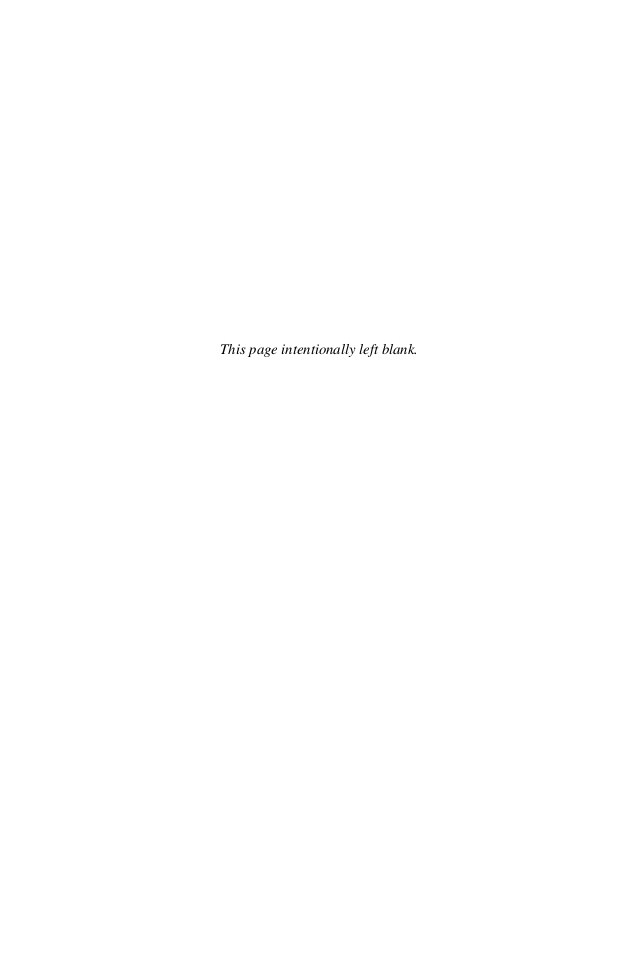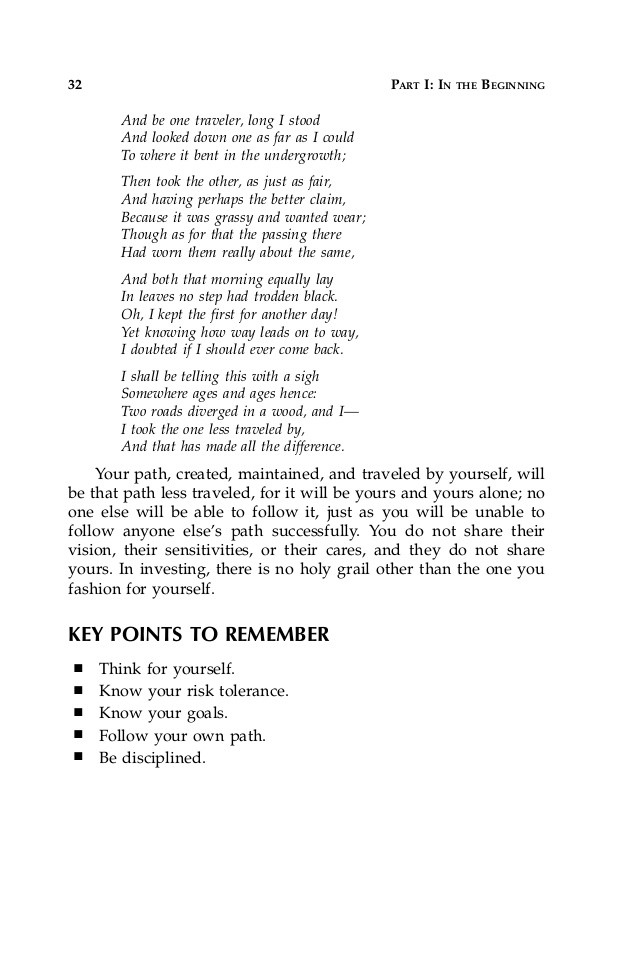The Basic FX Trading Concepts Behind Bollinger Bands
Post on: 4 Июль, 2015 No Comment

The Basic FX Trading Concepts Behind Bollinger Bands
bollinger bands
To a pro FX trader, the concepts of Bollinger bands are basic FX trading concepts and not new, and they are one of the mostly adapted strategies in today’s currency market and even further to the stocks and securities markets. As a technique, a bollinger band was developed in the 80s by John Bollinger, by then he was a well-known long-time market technician. A Bollinger band trading involves the use of moving average together with trading bands both above and below it. Bollinger bands actually involves, contrary to percentage computations from the normal moving average, addition and subtraction of standard deviation calculations. In layman’s language, Bollinger bands are used to confirm forex trading signals which mostly follow the momentum indicator and specifically, the bands give the much needed confirmation of whether there are oversold or overbought levels in relation to the moving average.
Interpretation and how to trade Bollinger Bands
Bollinger Bands typically consists of a center line and price channels that are normally referred to as bands both below and above the center line. While the bands are standard deviation of the currency pairs under study or are being traded, the center line is purely an exponential moving average. When it comes down to trading, trading Bollinger Bands can be done in not only in a single way but in different ways some of which are discussed below.
One of the most popular ways of trading a Bollinger Band is considering it as an indicator for the overbought or oversold levels. In determining of whether a market is overbought, one has to look for a situation where the price levels moves very close to the upper band. On the hand, the forex market is perceived to be oversold in a situation where the price levels move very close to the lower band.

Considering the above two scenarios, it is evidently clear that there has to be some inherent challenges that do come with this method and one of the big problems that is associated with using Bollinger bands as overbought/sold indicator is knowing when a currency price is going to breakthrough or bounce of the BB. In most cases, traders tend to prefer the use of stochastic oscillators in the identification of when exactly they should go with a bounce or otherwise. However, this has some limits and personally, I have come to realize that when you use this method of trade, you will always find yourself in a position in which you are trading a counter trend. In other words, as an indicator of whether the forex market has been overbought/sold, it’s safe to say that such a way of trading Bollinger Bands is best suited for closing positions rather than opening positions.
The other way of trading Bollinger Bands is trading middle line break after a double top or bottom which logically follows that there will be some resistance or support levels before you decide to commit your-self to a trade. To a new forex trader or to even the most experienced trades, there is always a problem of false triggers which usually occur as a result of the double bottoms and ups appearing in very tight ranges of low instability.
Bottom line
In any market there is never a guarantee of 100% effectiveness of any trading strategy. What I can tell you for sure is that despite the drawbacks being linked to Bollinger Bands, most traders in major stock, securities and even the forex market find these bands to be very useful when it comes to highlighting extreme short term currency pair prices in the case of forex markets. Traders are normally triggered into trades and undertake purchases when the currency pair price has fallen below the lower BB. When the price moves towards the center moving average line, a trader then makes his profits.














